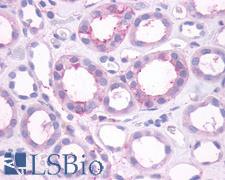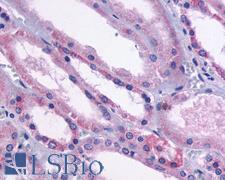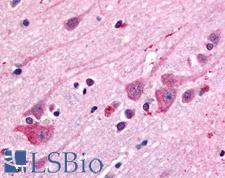Login
Registration enables users to use special features of this website, such as past
order histories, retained contact details for faster checkout, review submissions, and special promotions.
order histories, retained contact details for faster checkout, review submissions, and special promotions.
Forgot password?
Registration enables users to use special features of this website, such as past
order histories, retained contact details for faster checkout, review submissions, and special promotions.
order histories, retained contact details for faster checkout, review submissions, and special promotions.
Quick Order
Products
Antibodies
ELISA and Assay Kits
Research Areas
Infectious Disease
Resources
Purchasing
Reference Material
Contact Us
Location
Corporate Headquarters
Vector Laboratories, Inc.
6737 Mowry Ave
Newark, CA 94560
United States
Telephone Numbers
Customer Service: (800) 227-6666 / (650) 697-3600
Contact Us
Additional Contact Details
Login
Registration enables users to use special features of this website, such as past
order histories, retained contact details for faster checkout, review submissions, and special promotions.
order histories, retained contact details for faster checkout, review submissions, and special promotions.
Forgot password?
Registration enables users to use special features of this website, such as past
order histories, retained contact details for faster checkout, review submissions, and special promotions.
order histories, retained contact details for faster checkout, review submissions, and special promotions.
Quick Order
PathPlusTM DRD1 / Dopamine Receptor D1 Antibodies
DRD1 (Dopamine receptor D1) is a G-protein coupled receptor and the most abundant dopamine receptor found in the central nervous system. DRD1 is primarily found in the dorsal striatum in the brain, where it regulates neuronal growth and modulates behavioral responses. In the hippocampus, DRD1 works with GHSR1a (growth hormone secretagogue receptor) to promote synaptic formation and this interaction can be disrupted and lead to synaptic injury in Alzheimer’s disease. Agonists to DRD1 are of interest in the treatment of neuropsychiatric diseases and neurodegenerative diseases including Parkinson’s, and can be associated with cognitive enhancements. In immunohistochemistry, DRD1 is expected to have membranous positivity in the brain.
References: Neuropsychopharmacology. 40 (2): 446–453, PMID: 25074637; Clin Neuropharmacol. 21 (6): 339–43. PMID 9844789; Science Translational Medicine. 2019. Vol. 11 (505): eaav6278, DOI: 10.1126/scitranslmed.aav6278
4 PathPlusTM Antibodies




☰ Filters
Products
Antibodies
(4)
Type
Primary
(4)
Target
DRD1 / Dopamine Receptor D1
(4)
Reactivity
Human
(4)
Bovine
(1)
Dog
(1)
Monkey
(3)
Pig
(1)
Rabbit
(1)
Application
IHC
(4)
IHC-P
(4)
ELISA
(1)
Host
rabbit
(4)
Product Group
Alzheimer's Disease
(4)
GPCR Database Antibodies
(4)
PathPlus Neuro
(4)
Clonality
polyclonal pc
(4)
Format
Unconjugated
(4)
Epitope
C-Terminus
(2)
Cytoplasmic Domain
(1)
Extracellular Domain
(1)
Publications
No
(3)
Yes
(1)

Neuroscience
DRD1 / Dopamine Receptor D1 Rabbit anti-Human Polyclonal (C-Terminus) Antibody
Human, Monkey
IHC, IHC-P
Unconjugated
50 µg/$440

Neuroscience
Fast Shipping
DRD1 / Dopamine Receptor D1 Rabbit anti-Human Polyclonal (Cytoplasmic Domain) Antibody
Dog, Bovine, Pig, Human, Monkey
IHC, IHC-P
Unconjugated
50 µg/$395

Neuroscience
Fast Shipping
DRD1 / Dopamine Receptor D1 Rabbit anti-Human Polyclonal (C-Terminus) Antibody
Rabbit, Human, Monkey
ELISA, IHC, IHC-P
Unconjugated
50 µg/$395

Neuroscience
Fast Shipping
DRD1 / Dopamine Receptor D1 Rabbit anti-Human Polyclonal (Extracellular Domain) Antibody
Human
IHC, IHC-P
Unconjugated
50 µg/$440
Viewing 1-4
of 4
product results










